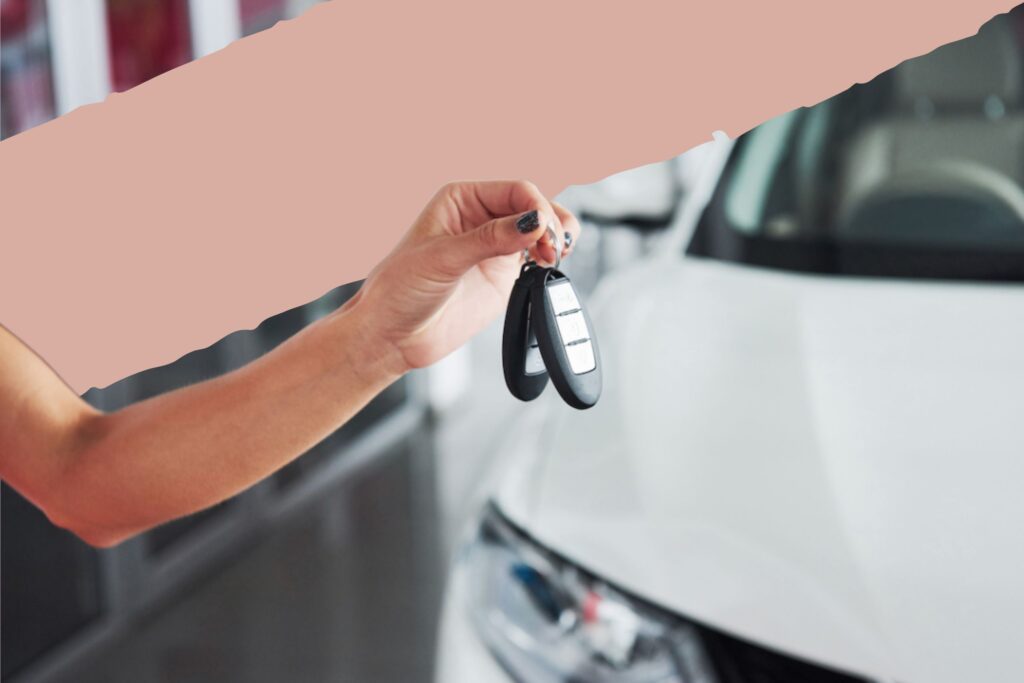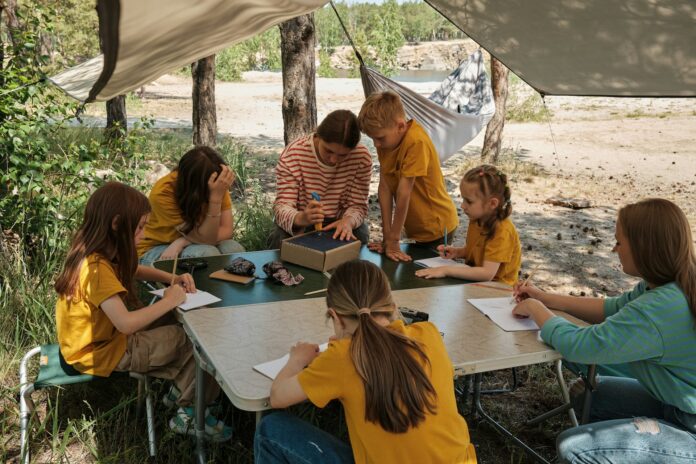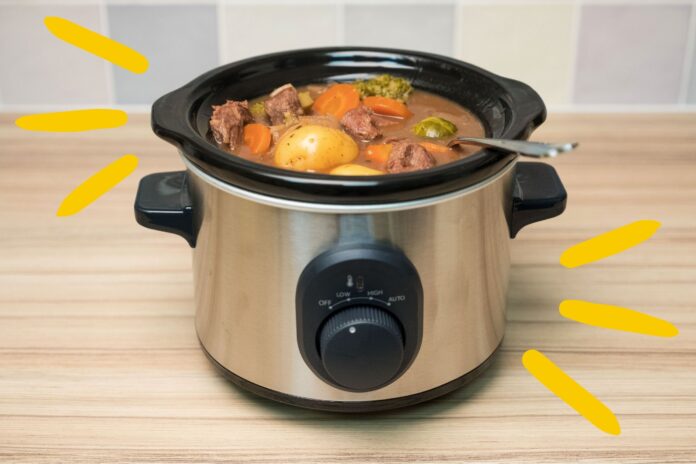Looking around for the ideal used car can be a little stressful, to say the least, particularly if you’re working within the constraints of a tight budget and not wanting to end up with a banger. Not only will you be hoping for value for money, but also a car that you could love and maybe, just says a little about you. Getting a good deal on a used car, then, takes a a lot of work.
The scope of standard and variety in the used car marketplace is pretty mercurial, to say the least, and trawling through it, even when using website filters, can feel like you’re creeping along the M25 in a serious snarl-up.
And that’s time which could be better spent on the open road. With this in mind, here are 7 things to look for when buying a used car.
The Right Dealer
Nope, not the one you find on the first night of Glastonbury up at the Stone Circle, but rather, a reputable, trustworthy provider of used cars…
With so many dealers and websites out there for you to consider – some scrupulous, some less so – start by seeking out a seller who you can trust, one with a sound reputation who will be honest when doing business with you.
The AA website, for instance, features thousands of used cars from a network of reputable dealers from every corner of the country. Autotrader and Cazoo are also nationwide and accountable.
It’s also sensible to prioritise car manufacturers and models particularly well thought of in terms of reliability and longevity; Volkswagens, Volvos, Toyotas, Hondas, and Vauxhalls, in particular, fit this brief.
When you find the right dealer, you’re ready to begin checking out some cars and to do this thoroughly, this needs to be done face-to-face.
An Unblemished Exterior
First impressions count, so the first thing to do is to have a good look around the outside of the car. A full appraisal is crucial here; keep your eye open for scratches, dents and other evidence of wear and tear.
You’ll need to ascertain whether or not the car has been well looked after and so check things like the condition of the tyres and what brand has been used. Premium brands like Michelin and Continental are typically good indicators of a well-maintained vehicle.
It’s worth paying attention to the brake discs as well – according to autodoc.co.uk, the most reliable brake discs are produced by the following brands: BREMBO, RIDEX and ATE. These brands are recognised for engineering discs designed to maximise safety across diverse driving conditions.
If you’re happy that the exterior of the car looks in good nick, then further investigation is required – it’s time to get inside and under the skin of the vehicle.

A Telltale Interior
There are myriad things to consider here, but first off, assess the seats. They can tell a story which speaks volumes about the state of the rest of the car. For example, if heavily worn but with relatively low mileage on the clock, this may be a sign that the mileage is not accurate.
If you’re happy that everything seat looks shipshape, other interior features to inspect include the windows (do they all go up and down, all the way, without any problems?) and the seat belts – safety first should always be the primary consideration, of course.
Dashboard Details
Make sure that all of the indicators on the dashboard display are in good working order and that the air con, driver display, sat nav and other accessories are functioning. Not only that, you want to ensure that the car comes with as many features as you feel is fair and just for the price, whether that be great safety features or a top of the range infotainment system.
Service History & Documentation
A comprehensive service history is worth its weight in gold when buying a used car. Request to see all maintenance records, MOT certificates, and the V5C registration document (also known as the logbook).
Pay particular attention to the service intervals – regular maintenance is a strong indicator of a well-cared-for vehicle. Look for stamps from reputable garages and main dealers, and check if any major repairs have been carried out. A complete paper trail can also help you verify the car’s mileage and ownership history, potentially saving you from costly surprises down the road.
Read: How to prepare your car for its MOT
Professional Inspection Worth
Before making your final decision, consider investing in a professional inspection from a qualified mechanic or automotive specialist. While this might seem like an unnecessary expense, it could save you thousands of pounds in potential repairs. A trained eye can spot issues that might not be immediately apparent during a test drive, such as underlying mechanical problems, signs of accident damage, or structural concerns.
Many organisations, including the RAC and AA, offer comprehensive pre-purchase inspection services that can provide you with detailed reports about the vehicle’s condition and highlight any areas of concern.

A First Drive Of Compatibility & Chemistry
Finally, never buy a car without having first taken it for a spin. In the first instance, you’ll want to know that it feels good to drive, if you have that natural connection with the four wheels. But actually driving the car will allow you to check up on a number of other integral elements; factors such as how the engine sounds, how the gearbox handles and how sharp the brakes are all symptoms revealing of the car’s state of health.
The best way to assess the condition of a car is to go for a test drive, you will come to know if it is the right car for you. You need to check out few things here:
- Are you comfortable getting in and out of the car without bending and stooping?
- Do you feel a good sense of spaciousness when you’re sitting in the driving seat?
- Are the seats adjustable and comfortable?
- Check the engine light; if it is on, it indicates a problem that needs sorting before any money changes hands.
- Check the side view mirrors and rear-view mirror for visibility and blind spots.
- Check out the tires if they are worn out.
- Check the breaks to see if they are performing smoothly, or if they squeak or feel spongy.
- Visually inspect the engine to see if there is any leakage of oil, steaming, cracked hoses, or belts.
- Check out the mileage of the car; a car with high mileage has a greater risk that its mechanical components are worn out.
- Check the air conditioning, headlights, brake lights, and indicators to see if they’re working properly.
After having a test drive, check the service records to make sure that the appropriate car maintenance has been seen to recently.
And with that, we hope that your latest car purchase is a satisfying and successful one!
Now, here are some ways to reduce the depreciation of your car once you’ve driven off the forecourt.





